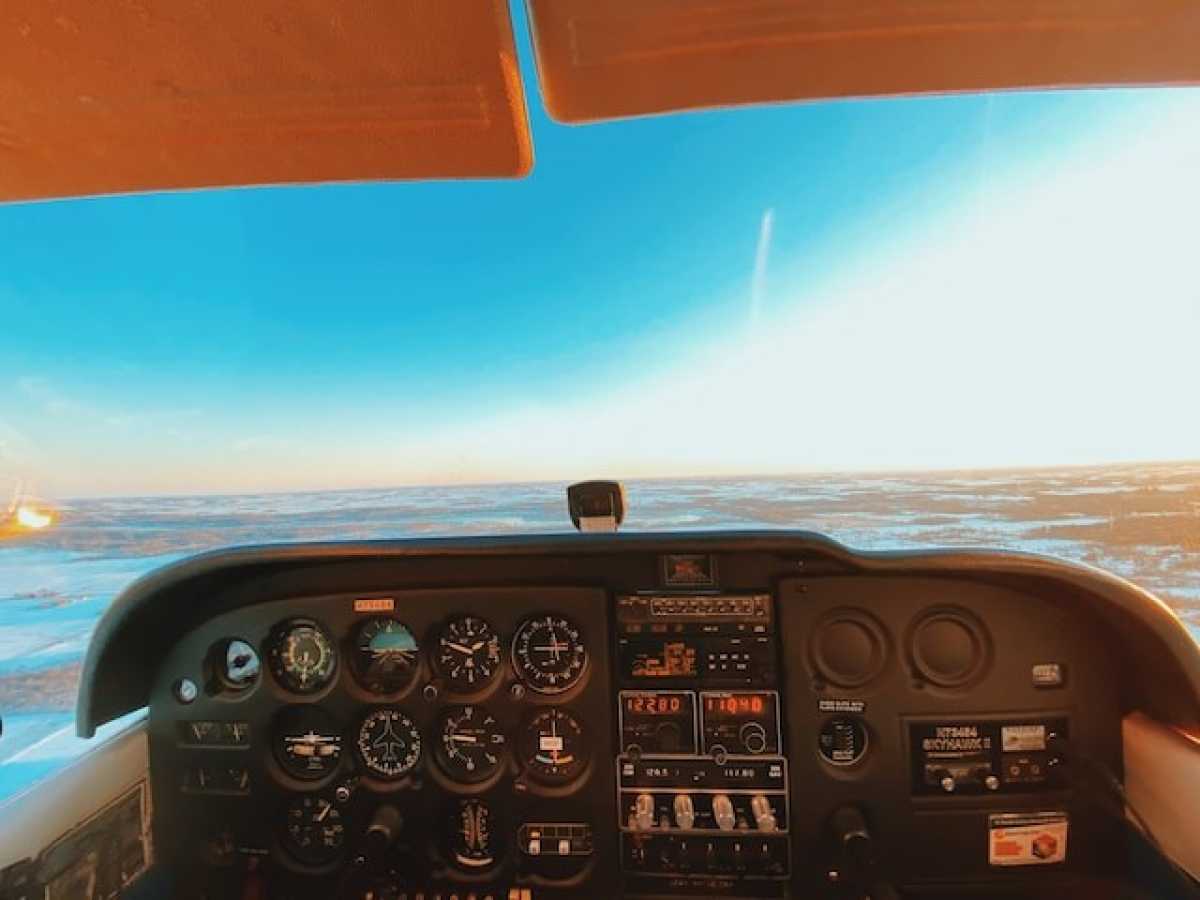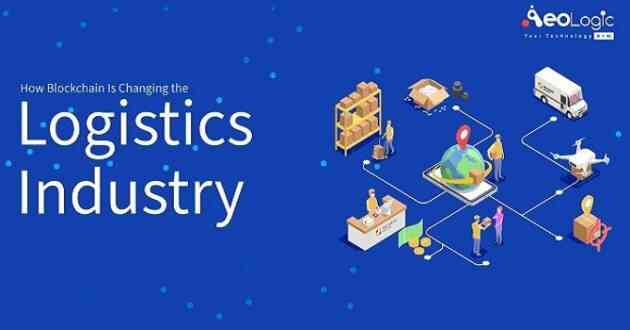Navigating Regulatory Changes In Aviation Maintenance
- - Category: Industrial
- - 22 Dec, 2023
- - Views: 238
- Save

In the complex world of aviation, regulatory changes drive maintenance and safety standards. Read on to learn how!
The aviation sector is dynamic and ever-changing, characterized by a strict emphasis on safety and constant technical improvements. The maintenance of aircraft is one important area that is always changing. Aviation technology advances together with the regulations that manage its maintenance. It is critical to navigate through these regulatory changes in order to guarantee the dependability and safety of operating aircraft. Examine the difficulties and methods in keeping up with changes in aviation maintenance regulations in this post.
1. Understanding the Regulatory Landscape
It is essential to realize the intricate environment in which these regulations function in order to appreciate the difficulties presented by the changes in aviation maintenance regulations. The rules and regulations governing airplane maintenance are established by aviation regulatory authorities, such as the Federal Aviation Administration (FAA) in the United States. These guidelines are intended to guarantee both the crew and passenger's safety as well as the airworthiness of the aircraft.
Maintenance personnel must stay up to date with any modifications to these regulations. For example, the advent of new materials or technology needs changes to the rules as they stand.
2. Adapting to Technological Advancements
Rapid technological breakthroughs are taking place in the aviation sector. These components are essential to maintaining the correct operation of several aircraft systems, such as the landing gear and flight control surfaces. Maintenance procedures need to change when new technologies appear in order to handle the complexity of these intricate systems.
Modern aviation requires maintenance workers to be skilled in integrating new equipment and procedures in order to manage and service them successfully. To keep ahead of the curve, this calls for ongoing training and skill development. Furthermore, working with manufacturers becomes essential to understand the subtleties of the newest technologies and how they affect maintenance protocols.
3. Global Harmonization of Standards
The worldwide scope of the aviation maintenance industry presents a problem when it comes to managing regulatory changes. Aircraft operate internationally; thus, standard maintenance procedures must be followed everywhere to guarantee consistent safety precautions. International cooperation amongst regulatory agencies is necessary to achieve this harmonization.
The International Civil Aviation Organization (ICAO) is one organization that is working to create international standards for aviation safety, including maintenance procedures. This harmonization simplifies processes for maintenance suppliers and aircraft operators, making it easier to comply with various regulatory frameworks in various locations.
4. Risk Mitigation and Compliance
Organizations must carefully manage the related risks throughout the transition phase that is frequently brought about by regulatory changes. It could cost a lot of money to invest in process changes, equipment, and training to comply with new rules. It's a tricky undertaking to strike a balance between compliance and the requirement to minimize any disruptions to operations.
In addition, there can be serious repercussions for non-compliance, such as fines or even the termination of operations. Consequently, in order to successfully traverse these transformations, organizations need to put strong risk management policies into place. This entails carrying out in-depth analyses of the effects of legislative modifications, spotting possible non-compliance issues, and taking proactive measures to resolve them.
5. Investment in Technology and Automation
Automation and technology are becoming essential to maintenance procedures as the aviation sector adopts Industry ideas. Accuracy and efficiency can be improved while adhering to changing standards by investing in cutting-edge technologies like automated inspection instruments and predictive maintenance systems.
Predictive analytics, for example, enable preemptive detection of possible problems, lowering the risk of unplanned failures in maintenance. Aircraft hydraulic power units can be easily obtained from well-known and reliable sources that can also help in the maintenance of aircraft. Routine inspection procedures are streamlined by automation, which guarantees that maintenance chores are carried out regularly and in compliance with legal standards.
Conclusion
A comprehensive approach is necessary to effectively navigate the complex process of regulatory changes in aircraft maintenance. Organizations in the aviation sector need to be proactive and adaptable in everything from embracing technology developments to comprehending the worldwide regulatory landscape to guaranteeing continual compliance. Aviation maintenance workers can successfully manage the intricacies of regulatory revisions and ensure the continued safety and reliability of aircraft in operation by adopting a proactive and forward-thinking mindset.


